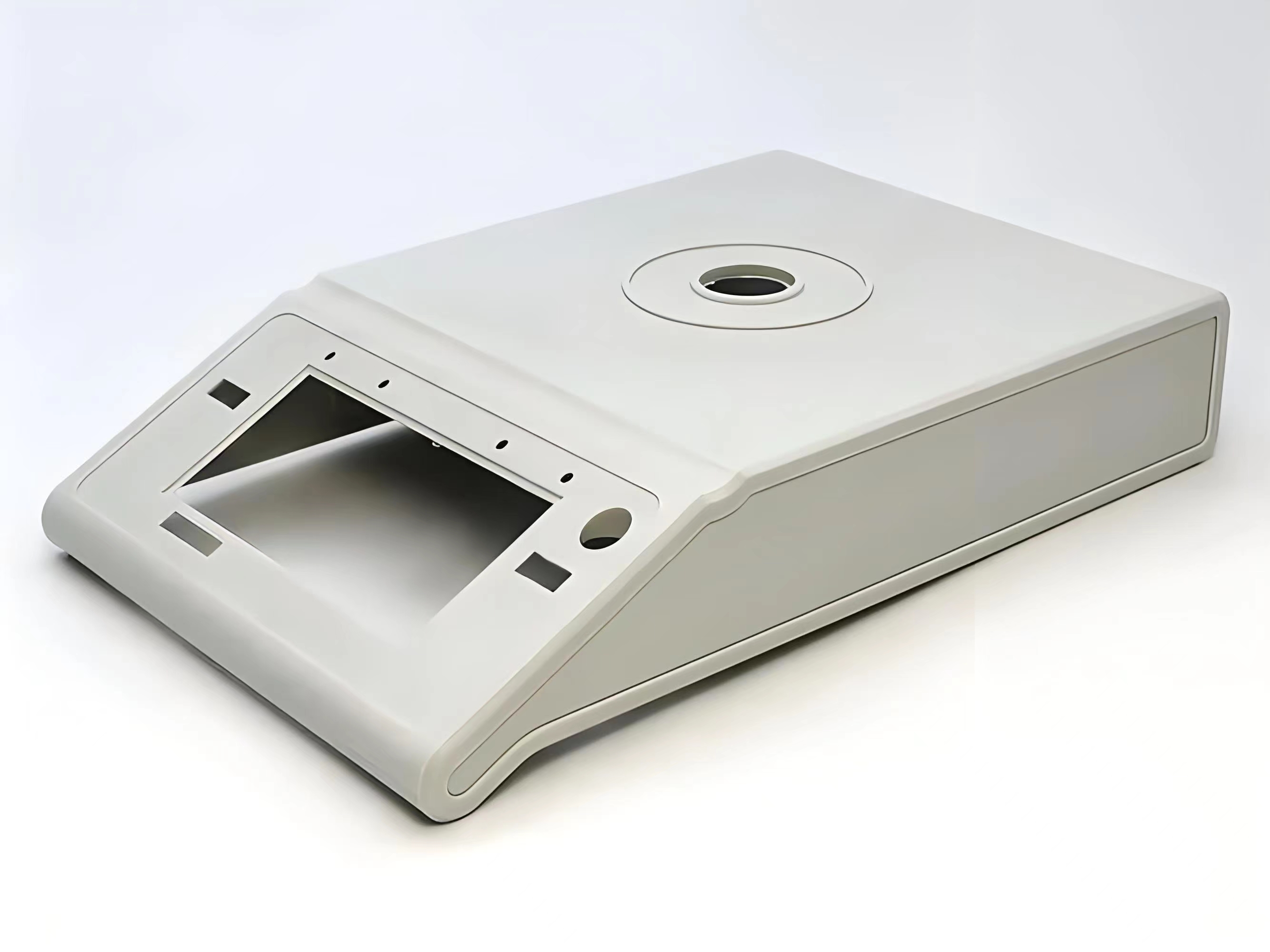Injection Molding Service
Materials in Plastic Injection Molding: The choice of material significantly impacts the final product's characteristics.
Thermoplastics such as polyethylene, polypropylene, and polystyrene are commonly used due to their excellent properties like durability, flexibility, and heat resistance. Engineers carefully select materials based on factors such as mechanical properties, chemical resistance, and environmental considerations to ensure optimal performance.
The Injection Molding Process:
Mold Design: Engineers design molds with precision, considering factors like part geometry, material flow, and cooling requirements.
Material Preparation: Plastic pellets are fed into the injection molding machine's hopper, where they're melted and pressurized before injection.
Injection: Molten plastic is injected into the mold cavity under high pressure, filling the desired shape.
Cooling: The mold is cooled to solidify the plastic, a crucial step in achieving desired part properties and minimizing cycle times.
Ejection: Once cooled, the part is ejected from the mold, ready for finishing or assembly.
Navigating the Injection Molding Plastic Manufacturing in China:
Partnering with Reputable Manufacturers:
When selecting a manufacturing partner in China, you should prioritize reputable and certified manufacturers with a proven track record of delivering quality products and adhering to industry regulations.
Communication and Collaboration:
Effective communication and collaboration are essential for successful partnerships with Chinese manufacturers.
Clear and transparent communication channels, supported by regular updates and feedback, foster trust and accountability.
Quality Assurance:
Implementing robust quality assurance processes is paramount to ensure the integrity and reliability of injection molded plastic products.
Regular quality audits, inspections, and testing protocols help mitigate risks and maintain product consistency.



